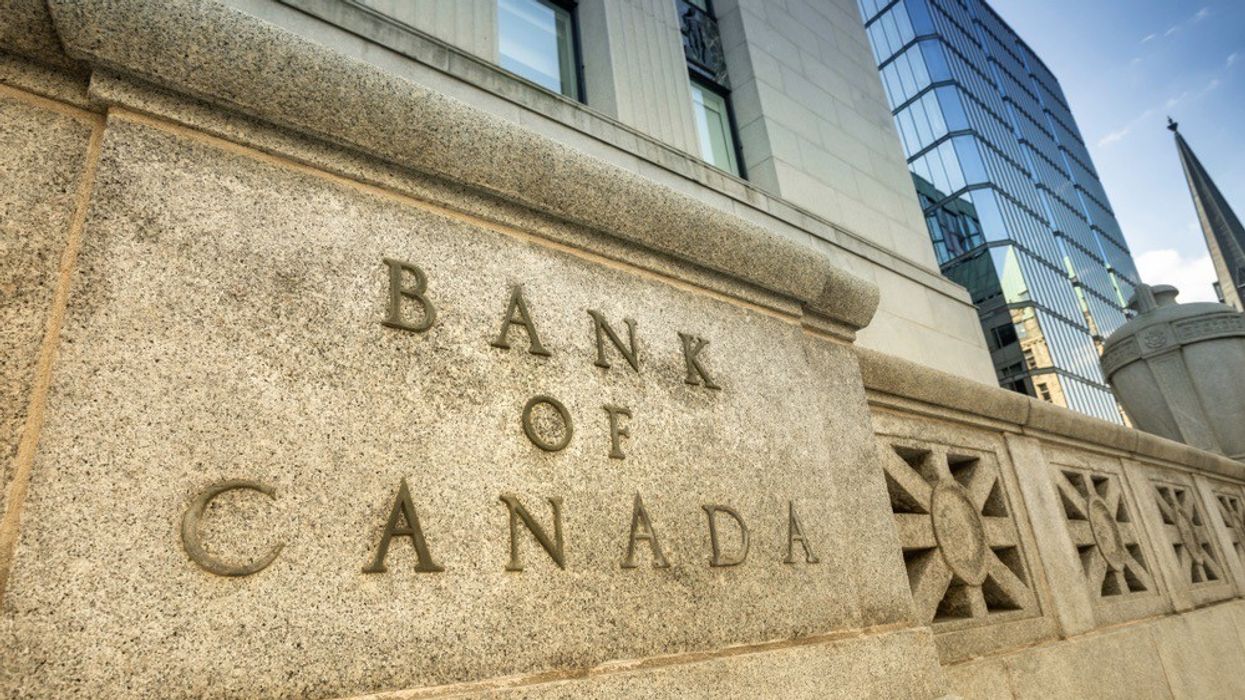Hold on, Canadian borrowers: the cost of carrying debt is expected to rise even further this year, as the Bank of Canada’s (BoC) hiking cycle is far from over.
BoC Governor Tiff Macklem confirmed as much in a speech this week, following the central bank’s move to hike its Overnight Lending Rate to 0.5% on Wednesday, its first increase since 2018.
In remarks made to the CFA Society in Toronto, Macklem doubled down on the need to tighten monetary policy in order to tame inflation -- despite the affordability hit to borrowers.
“The impact of raising our policy rate will be higher interest rates for Canadian households and businesses, including key mortgage and Prime lending rates, but also rates for savings products,” he stated.
The BoC’s trend setting rate -- which is used as a benchmark for consumer lenders’ Prime rate, and by extension, their variable borrowing products -- had remained at 0.25% since March 2020, where it was set to help combat the economic downturn due to the COVID-19-induced lockdown. Now, however, the central bank must pare back its pandemic-era stimulus, as inflation has skyrocketed, hitting 5.1% last month in a 30-year high.
READ: 35% of Canadians Fear Interest Rate Hikes Will Plunge Them Into Bankruptcy
In its rate announcement, the BoC acknowledged that domestic GDP growth was stronger than expected at the end of 2021, with the first quarter of this year on track for a robust showing. That’s led the economy to a place where a “more normal setting” for interest rates is warranted.
A Gradual Approach is Needed
On average, analysts expect between four to six rate increases before the BoC finishes its hiking cycle, bringing the rate to a range between 1.75 - 2%. However, according to polling of prominent economists from Finder.com, the highest the rate could go in 2022 without harming the economy is 1.65%.
The BoC must take a graduate approach to hiking interest rates, says Finder’s panel, as businesses and individuals are still recovering in many ways from the impact of shutdowns and other restrictions.
"A lot of debt has been accumulated since the onset of the pandemic and the Canadian economy will be more sensitive to interest rate increases than in the past,” stated Angelo Melino, professor at the University of Toronto, who predicts the rate will settle close to 1.5%.
Murshed Chowdhury, associate professor at University of New Brunswick, was one of the most cautious experts when it comes to this year’s rate rises, citing pandemic risks.
“The scar from the COVID is still ongoing; the BoC needs to maintain the momentum of an economic rebound. Moreover, the impact of COVID is uneven across populations," he stated. "The political tensions in Russia-Ukraine may also hurt the economy. Therefore, an increase in interest rate too much within a short period may drag the economy down.”
In contrast, Derek Holt, VP and head of capital markets economics at Scotiabank, is more hawkish, saying the economy could absorb a BoC rate as high as 2.5%. “While we forecast that the BoC will still be below the neutral policy rate by the end of this year, the fact the economy is pushing into excess demand suggests we should be seeking a faster return to a neutral rate if not overshooting it,” he states.
For the time being, anyway, interest rates are still extremely low from a historical perspective, especially the variable variety. Today’s new borrower can still find a five-year rate as low as 1.15%, more than a percentage point less than the lowest fixed option, at 2.59%.
So, it’s still a relatively cheap time to take out a new mortgage -- but borrower beware of what’s to come.





















